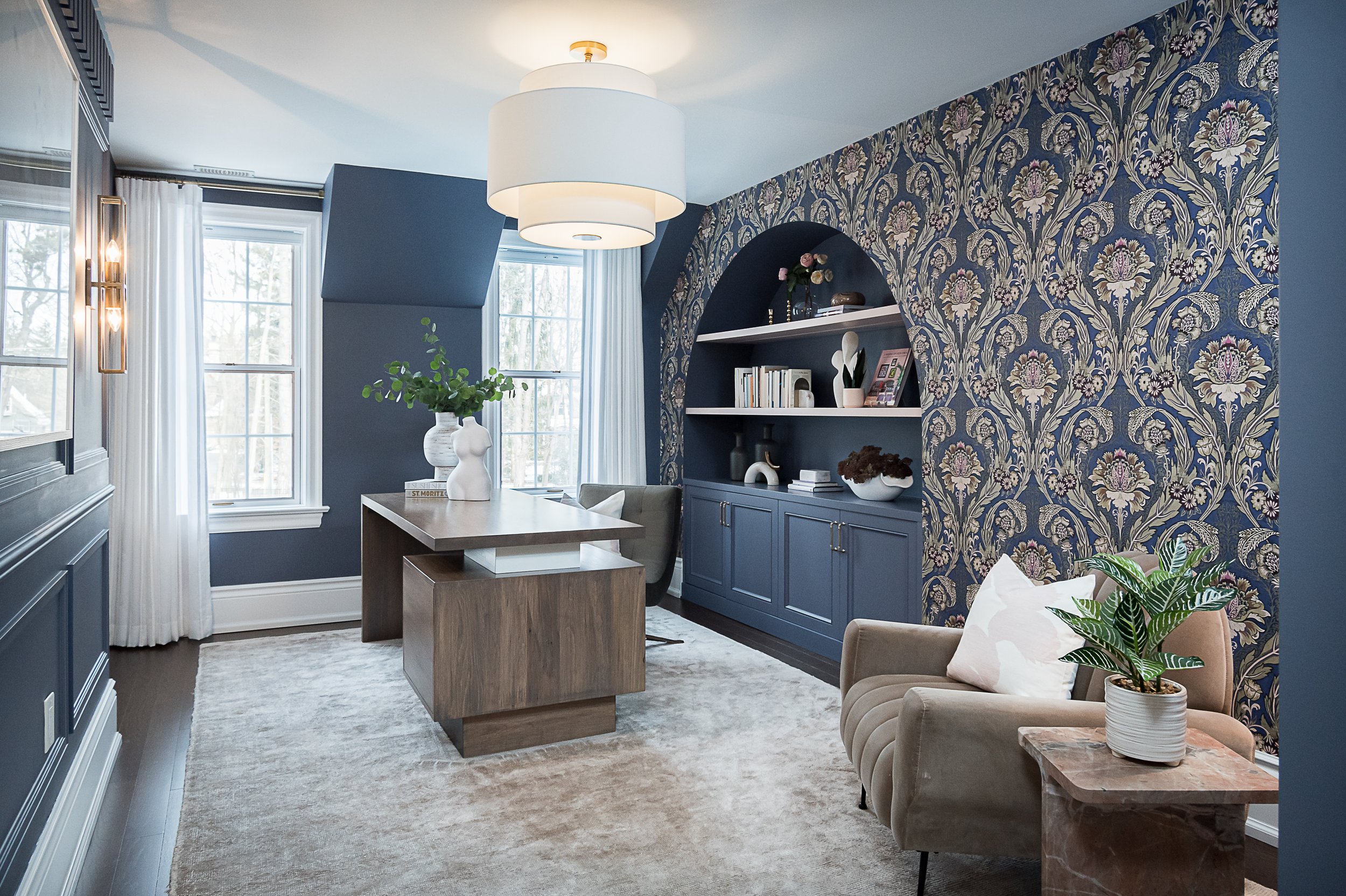How to choose the right lighting for your healthy home
Lighting plays a pivotal role in creating a harmonious and functional home environment. Let’s delve into the fascinating world of lighting, from circadian rhythms to Kelvin temperatures, and explore how it all ties together. Here are some important facts to consider when planning the lighting in your home.
1. Circadian Lighting and Your Well-Being
Circadian lighting is a cutting-edge trend that aligns with our biological clocks. Our internal 24-hour rhythm regulates physical, mental, and behavioral changes in response to light and darkness. By providing the right intensity and spectrum of light at different times of the day, circadian lighting promotes a healthier lifestyle. It’s like giving your body a gentle nudge to stay in sync with nature.
2. The Magic of 3000K: Warm and Inviting
When we talk about color temperature, we use Kelvin (K) as the unit of measurement. A 3000K color temperature emits a soft white glow with a yellowish hue. Think of it as the cozy warmth of candlelight or a sunrise. It’s perfect for living rooms, dining areas, bedrooms, and outdoor spaces. Plus, it’s energy-efficient and easy on the eyes.
3. The Kelvin Scale Demystified
Less than 2000K: Dim, candlelight-like glow—ideal for creating a cozy ambiance.
2000K-3000K: Soft white glow—great for living spaces.
3100K-4500K: Bright white light—perfect for offices, and task-oriented areas.
4600K-6500K: Blue-white light akin to daylight—ideal for work environments and displays.
6500K and above: Bright bluish hue—commonly found in commercial spaces.
4. Why Avoid 5000K in Your Home?
5000K lighting falls into the cool, bluish-white spectrum. While it’s excellent for alertness in hospitals and offices, it’s not what you want at home. Imagine a crisp, clinical light—great for productivity but less cozy for winding down. Stick to warmer tones (like 3000K) for a soothing, inviting atmosphere in your living spaces and keep a consistent bulb temperature throughout your home.
5. Smart Strategies for Optimal Lighting
Dimmers: These versatile devices allow you to adjust light levels, adapting to different activities and moods and times of day.
Secondary Lighting: Layer your lighting—ambient, task, and accent—to create depth and visual interest.
Natural Light: Embrace sunlight during the day; it boosts focus, reduces stress, and supports your circadian rhythm.
Remember, lighting isn’t just about aesthetics; it’s about enhancing your well-being. So, let your home shine bright, and may your days be beautifully lit! ✨



